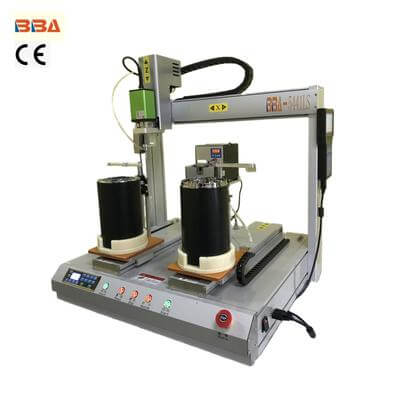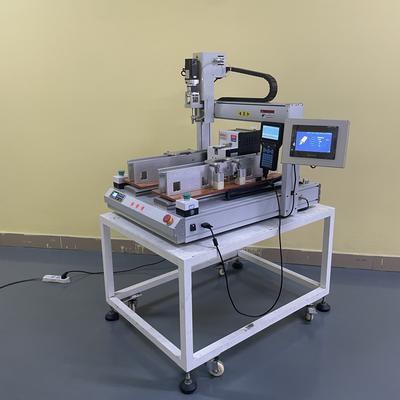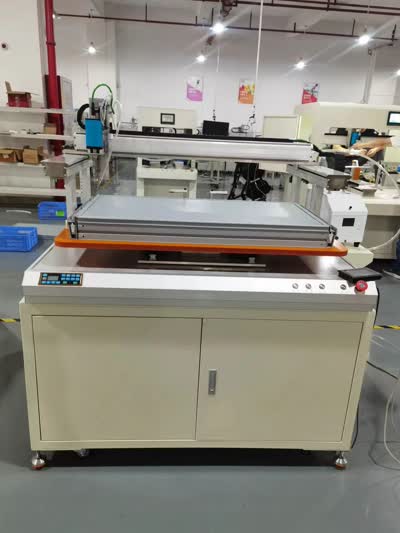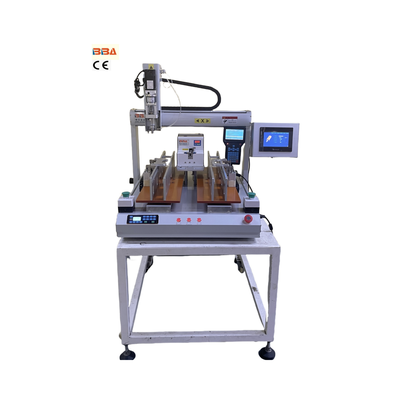Energy Efficiency in Multi-Axis Systems: Optimization Strategies for Industrial Automation
| Product Name | Applicable industries |
| Servo Screwdriver Robot | Automotive Electronics Assembly |

In today's industrial landscape, the demand for multi-axis systems continues to grow as manufacturers seek higher precision, flexibility, and efficiency in automation. However, with increasing complexity comes the challenge of optimizing energy consumption without compromising performance. This article explores key strategies to enhance the energy efficiency of multi-axis systems, helping businesses reduce operational costs and environmental impact.
1. Optimizing Motion Profiles
One of the most effective ways to improve energy efficiency in multi-axis systems is by refining motion profiles. Smooth acceleration and deceleration curves minimize sudden power spikes and reduce mechanical stress. Implementing adaptive motion algorithms ensures that energy is used only when necessary, while idle times are minimized.
2. Regenerative Braking and Power Recovery
Modern multi-axis systems can recover energy during deceleration phases using regenerative braking technology. Instead of dissipating excess energy as heat, it is fed back into the power supply or stored in capacitors for later use. This not only cuts power consumption but also reduces cooling requirements.
3. Efficient Motor and Drive Selection
Choosing high-efficiency servo motors and drives with low standby power consumption is critical. Permanent magnet synchronous motors (PMSMs) and advanced vector control drives offer superior energy performance compared to traditional solutions. Additionally, right-sizing motors to match load requirements avoids unnecessary energy waste.
4. Smart Power Management
Implementing intelligent power distribution systems allows selective shutdown of unused axes or subsystems during idle periods. Real-time monitoring tools can identify energy-intensive operations and suggest optimizations. Predictive algorithms further enhance efficiency by anticipating movements and adjusting power supply dynamically.
5. Reducing Friction and Mechanical Losses
Mechanical efficiency plays a significant role in overall energy consumption. Using high-quality bearings, minimizing transmission components, and ensuring proper lubrication lowers friction losses. Linear direct-drive systems eliminate mechanical backlash and improve energy transfer efficiency.
6. Advanced Cooling Strategies
Thermal management directly impacts energy use. Liquid cooling systems with variable-speed pumps offer better efficiency than constant-speed air cooling. Integrating temperature sensors with control systems allows precise cooling adjustments based on actual thermal loads.
Conclusion
Energy efficiency in multi-axis systems is achievable through a combination of advanced technologies, smart control strategies, and optimized mechanical designs. By implementing these approaches, manufacturers can significantly reduce energy costs while maintaining high performance and reliability. As industrial automation evolves, continuous improvements in energy-efficient designs will remain a key competitive advantage.


